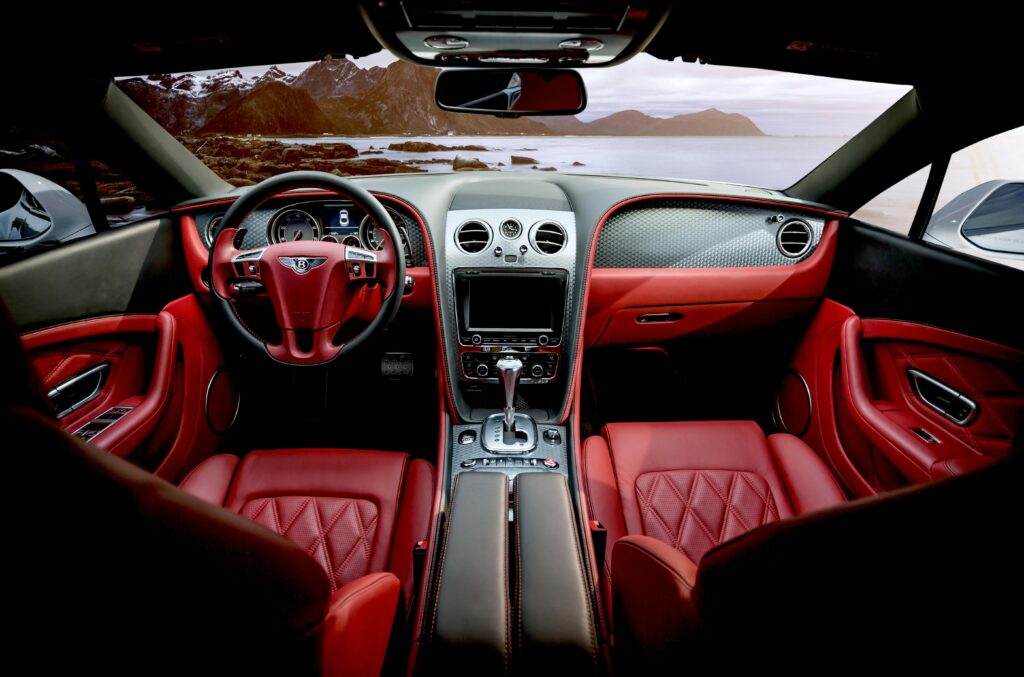Place a good bet and read what psychologists say about your comfort in a car
We often choose a car based on its appearance, engine power, or fuel consumption… But there’s one detail that has a much greater impact on our inner state than it might seem at first glance — the interior design. The look and feel of a car’s cabin affect not only our mood, but also how we behave behind the wheel, how quickly we get tired, and how well we can concentrate on the road.
The Cabin — Your Second “Room”
Imagine spending an hour or two in your car every day — commuting to work, driving home, going to meetings, or sitting in traffic. It’s almost like a living room on wheels. That’s why it needs to be as comfortable, calm, and visually pleasant as possible. The moment you sit in the driver’s seat, your interaction with the interior begins: you feel the seat’s upholstery, see the dashboard, notice the smell, and hear the sound of the door closing. All of this affects your overall impression and psychological state.
Color Matters
One of the most powerful elements of influence is color. Psychologists have long confirmed that colors can either calm or irritate. In a car’s interior, it’s best to avoid overly bright, “shouting” shades. For example, red or bright yellow can increase anxiety levels and even provoke aggression on the road.
The most optimal colors are:
- Gray — neutral and restrained, doesn’t cause irritation.
- Beige — warm and cozy, creates a homelike atmosphere.
- Black — strict and helps with concentration, but too much of it can feel oppressive.
- Blue — associated with confidence and stability, helps maintain calm.
It’s also important that the shades are not too dark or too light — both extremes can strain the eyes or interfere with driving in different lighting conditions.
Materials and Sensations
Upholstery quality plays an equally important role. Pleasant-to-touch fabric, genuine leather, or modern eco-leather — all of these impact how comfortable we feel inside the car. Good materials don’t irritate the skin, don’t stick in summer, and don’t feel cold in winter. They also don’t trap odors, which is important for a sense of cleanliness and freshness.
Back and neck support is another key factor. An ergonomic seat reduces pressure on the spine, preventing fatigue and headaches. A comfortable sitting position is not just about relaxation — it’s also about safety: the driver is less likely to fidget or adjust their position while driving.
Minimalism and Order
The fewer distractions, the better. A clutter of buttons, flashy lights, or chaotic element placement can distract and exhaust the driver. A well-designed cabin should be logical, intuitive, and everything should be within easy reach. Convenient cup holders, neat glove compartments, good lighting, and solid noise insulation — these little things add up to a general feeling of comfort and control over your space.
Conclusion
Interior design isn’t just about what looks “pretty” or “trendy.” It’s about inner balance, focus, and psychological comfort. A car becomes an extension of the person driving it. And if the inside is harmonious, it’s easier for the driver to stay calm, avoid distractions, and feel more confident on the road. So when choosing a car, don’t just look under the hood — take a good look (and feel) inside too.

